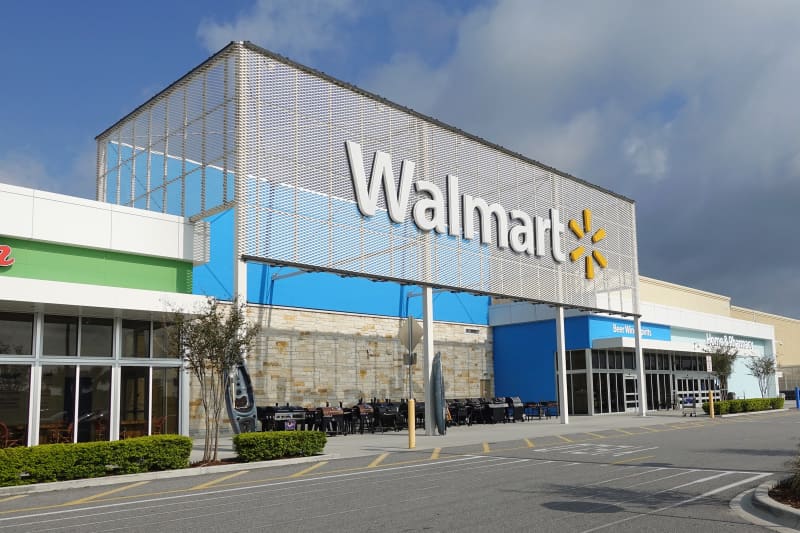Automated systems have become a common feature in retail stores, allowing customers to make their purchases quickly and efficiently. Self-checkout kiosks are a popular option for those who prefer a more independent shopping experience. However, some stores, like Walmart, are choosing to remove self-checkout lanes and replace them with staffed lanes in an effort to improve efficiency and provide more personalized customer service. This decision is based on feedback from customers and associates, and builds upon Walmart’s existing policy of managing self-checkout kiosks based on store volume and need.
The removal of self-checkout kiosks at Walmart stores in Missouri, Ohio, and New Mexico has sparked mixed reactions from customers. While some appreciate the opportunity to interact with cashiers and support human workers, others prefer the convenience and speed of using self-checkout. However, self-checkout comes with its own set of challenges, such as scanning errors that require assistance from store associates, leading to potential delays in the shopping process. Additionally, some customers may take advantage of self-checkout by “forgetting” to ring up items or scanning lower-priced items.
Despite the potential drawbacks of self-checkout, many customers still prefer this option for its convenience and efficiency, especially when shopping for a small number of items. However, the removal of self-checkout kiosks at select Walmart stores means that customers may have more interactions with human cashiers in the future. This shift reflects Walmart’s commitment to improving the in-store shopping experience and providing more personalized service to customers. Other retailers, such as Dollar General and Target, have also reduced self-checkout lanes in certain locations, showing a potential trend towards prioritizing human interactions in the retail industry.
While some customers may appreciate the opportunity to engage with cashiers and support human workers, others may find the removal of self-checkout kiosks inconvenient. The debate between self-checkout and staffed lanes highlights the ongoing discussion about the role of automation in the retail industry and the importance of balancing efficiency with personalized service. Ultimately, the decision to remove self-checkout kiosks at select Walmart stores reflects a broader shift towards prioritizing human interactions and customer service in the retail experience. Regardless of individual preferences, customers should be prepared for potential changes in their shopping experience at Walmart and other retailers in the future.


